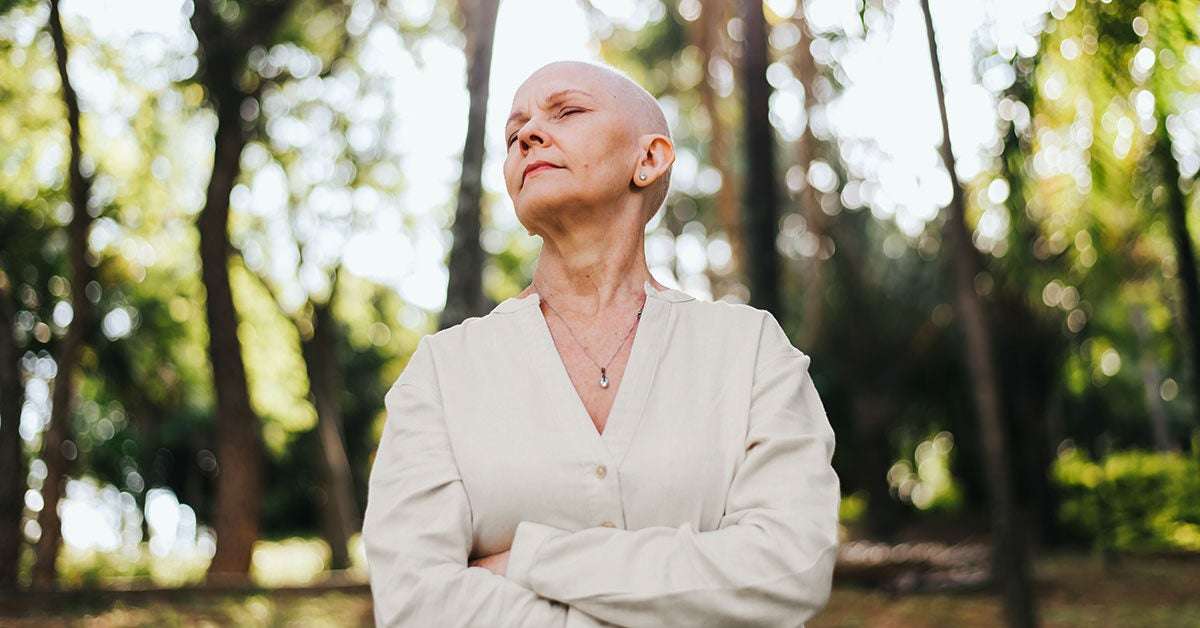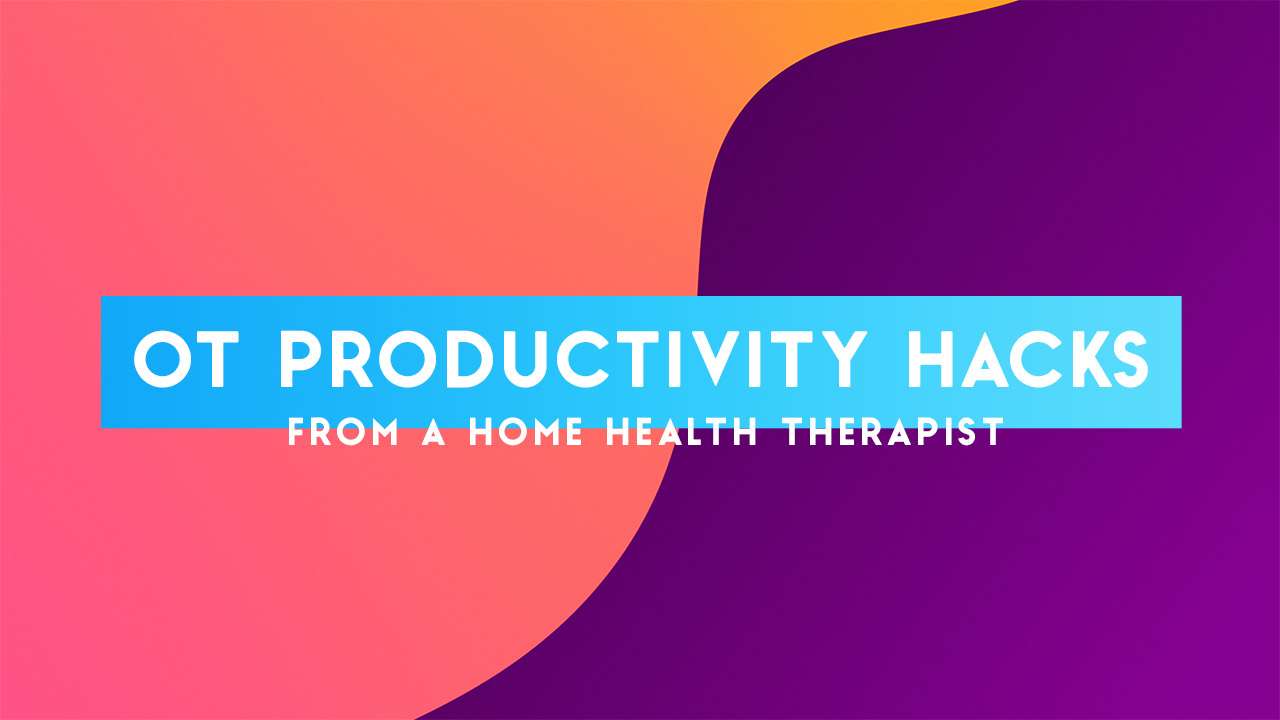In our most emotional or vulnerable times, it is a song that stirs intense emotions in us, or dance that expresses the depth of our emotions. We perceive the world through our senses, and we use the arts in our daily life. Art-based therapies are non-threatening, co-created processes that help us deal with our illnesses and challenges.
Movement therapy, or dance therapy, uses movement to help a person deal with an illness (physical or mental), a disability, or life challenges that keep them from functioning fully. The aim of movement therapy is to enhance the person’s cognitive, physical, mental and emotional wellbeing.
A session of movement therapy, which could include various activities ranging from stretching to unstructured dancing, encourages people to express their own feelings, thoughts and ideas through body movement, in a safe atmosphere.

Dance/movement therapy, usually referred to simply as dance therapy or DMT, is a type of therapy that uses movement to help individuals achieve emotional, cognitive, physical, and social integration. Beneficial for both physical and mental health, dance therapy can be used for stress reduction, disease prevention, and mood management. In addition, DMT’s physical component offers increased muscular strength, coordination, mobility, and decreased muscular tension. Dance/movement therapy can be used with all populations and with individuals, couples, families, or groups. In general, dance therapy promotes self-awareness, self-esteem, and a safe space for the expression of feelings.
What Kind of Issues Can Dance Therapy Help With?
Dance therapists work with people in therapy to help them improve their body image and self-esteem. Dance/movement therapy is a versatile form of therapy founded on the idea that motion and emotion are interconnected. The creative expression of dance therapy can bolster communication skills and inspire dynamic relationships. It is commonly used to treat physical, psychological, cognitive, and social issues such as:
Physical Issues:
- Chronic pain
- Childhood obesity
- Cancer
- Arthritis
- Hypertension
- Cardiovascular disease
Mental Health Issues:
Find a Therapist
Advanced Search
Cognitive Issues:
Social Issues:
How Effective Is Dance Therapy?
Research has demonstrated that dance therapy can be effective in the treatment of mental health issues like disordered eating, depression, and anxiety. Some recent examples include:
- A study from the journal The Arts in Psychotherapy (2007) found that dance therapy had a positive effect on participants experiencing symptoms of depression.
- A study from the American Journal of Dance Therapy (2004), in which 54 students participated in a dance therapy violence prevention program, found that aggression among participants decreased and pro-social behaviors increased.
- A study from Alzheimer’s Care Today (2009) suggests that DMT can directly improve memory recall in people with dementia.
- A literature review from the American Journal of Dance Therapy indicated that DMT may be a treatment option for children on the autism spectrum.
- Due to its social and physical components, dance/movement therapy is also being considered as a treatment option for childhood obesity.
Although further research is needed to determine how effective DMT can be in other settings, it continues to show promise as a viable treatment modality for many physical and mental health issues.
Principles of Dance Therapy
DMT sessions often include observation, assessment, warm-ups, interventions, verbal processing, and warm-down phases focused on closure. Sessions can be highly structured or non-directive and may be conducted individually or in groups. Although each dance/movement therapist will have his or her own style, certified dance/movement therapists adhere to the following mission and theoretical principles:
Mission:
- Facilitate life-span development.
- Prevent, diagnose, and treat issues that interfere with healthy functioning.
- Assess, evaluate, and develop treatment goals.
- Implement planned interventions.
- Develop and adjust treatment to continuously meet the needs of the client.
Key Principles:
- Body and mind are interconnected so that a change in one impacts the other.
- Movement can express aspects of the personality.
- Part of the therapeutic relationship is communicated through non-verbal means.
- Movements can be symbolic and can represent unconscious material/processes.
- Movement improvisation/experimentation can bring about new ways of being.
How Is Dance Therapy Different from Regular Dancing?
Most people understand that dancing can be good for their health; it improves cardiovascular endurance, muscle tone, balance, and coordination. Dance can also boost a person’s mood, improve his or her body image, and provide an opportunity for fun that may lower overall stress and anxiety. While these elements are certainly beneficial, dance/movement therapy takes therapeutic dance to another level.
People in treatment with a qualified dance therapist have the right to confidentiality, and dance therapists provide a safe space for people to express themselves. Movement becomes more than exercise—it becomes a language. People in treatment communicate conscious and unconscious feelings through dance, which allows a therapist to respond in kind. Dance therapists help people work on issues through the use of a “movement vocabulary” that is centered around physical expression instead of words.
Dance/movement therapists assess body language, non-verbal behaviors, and emotional expressions. Treatment interventions are tailored to address the needs of certain populations. Some intervention examples may include:
- Utilizing “mirroring” (matching/echoing the person’s movements) to illustrate empathy for an individual and validation of his or her experience.
- Incorporating jumping rhythms into a dance with a group of people experiencing depression because research has shown decreased levels of vertical movement in people with depression.
- Making use of a “movement metaphor” to help a person physically demonstrate a therapeutic challenge or achievement (e.g. the therapist gives the person in treatment a white flag prop to help him or her celebrate an emotional surrender).
History and Philosophy of Dance Therapy
The roots of dance therapy can be traced back to the modern dance movement of the 19th century. The movement grew from the idea that dance could go beyond simple entertainment and be used as a form of communication and expression. In other words, emotional content was infused into dance. By the middle of the 20th century, the modern dance movement had laid the groundwork for dance therapy pioneers Marian Chace, Mary Whitehouse, and Trudy Schoop. They formed the foundation for dance therapy through the addition of observation, interpretation, and the manipulation of dance elements into the practice.
In the 1940s, dance therapy was influenced by psychodynamic theory. In the 1960s, research on non-verbal behavior and the role of the body in mental health issues influenced the practice as well. In 1966, the American Dance Therapy Association (ADTA) was established and with it came the development of training and certification standards for the field.
Today, dance therapy is influenced by an eclectic grouping of theoretical frameworks including psychodynamic theory, Gestalt theory, and humanistic theory. But regardless of theoretical approach, all dance therapists must pursue graduate training in order to become certified dance/movement therapists. They can earn either the R-DMT (Registered Dance/Movement Therapist) credential, or the BC-DMT (Board-Certified Dance/Movement Therapist) credential.
You can search for a dance therapist in your area with GoodTherapy.org’s Advanced Search option. Select dance therapy from the “type of therapy” field.
References:
- About Dance/Movement Therapy. (n.d.). Retrieved from http://www.adta.org/about_dmt
- American Dance Therapy Association. (n.d.). Scope of Practice Definition for Dance/Movement Therapy. Retrieved February 13, 2015, from http://www.adta.org/Resources/Documents/Scope%20of%20Practice%20Definition%20for%20DMT.pdf
- Cruz, R. F. (2001). Perspectives on the profession of dance/movement therapy: past, present, and future. Bulletin of Psychology and the Arts, 2(2), 74-78. Retrieved from http://dtaa.org.au/wp-content/uploads/2014/07/WingsofSupport.pdf
- Dance/Movement Therapy and Eating Disorders (n.d.). Retrieved from http://www.adta.org/Resources/Documents/infosheetDMT-EatingDisorders.pdf
- Dance Therapy. (2008). Retrieved from http://m.cancer.org/treatment/treatmentsandsideeffects/complementaryandalternativemedicine/mindbodyandspirit/dance-therapy
- Dayanim, S. (2009, April). The acute effects of a specialized movement program on the verbal abilities of patients with late-stage dementia. Alzheimer’s Care Today, 10(2), 93-98. Retrieved from http://www.adta.org/Resources/Documents/Dayanim%20Alzheimers%20study.pdf
- Goodill, S., Cruz, R., Armeniox, L., Kirschenmann, A., Kornblum, R., & Mandlawitz, M. (2013, April). Dance/Movement therapy and obesity in children and adolescents. Retrieved from http://www.adta.org/Resources/Documents/DMT%20and%20Childhood%20Obesity%20White%20Paper%208-13.pdf
- Koch, S. C., Morlinghaus, K., & Fuchs, T. (2007). The joy dance: specific effects of a single dance intervention on psychiatric patients with depression. The Arts in Psychotherapy, 340-349.
- Koshland, L., & Wittaker, J. B. (2004). PEACE through dance/movement: evaluating a violence prevention program. American Journal of Dance Therapy, 26(2), 69-89.
- Levy, F. J. (1988). Dance Movement Therapy: A Healing Art. Reston, VA: The American Alliance for Health, Physical Education, Recreation, and Dance.
- Meekums, B. (2002). Dance movement therapy: a creative psychotherapeutic approach. London, England: Sage Publications.
- Payne, H. (1992). Dance movement therapy: theory and practice. New York, NY: Brunner-Routledge.
- Scharoun, S. M., Reinders, N. J., Bryden, P. J., & Fletcher, P. C. Dance/movement therapy as an intervention for children with autism spectrum disorders. American Journal of Dance Therapy, 209-228. doi:10.1007/s10465-014-9179-0
- The Healing Power of Dance. (2003). Retrieved from http://www.reintegration.com/health/
What Is Dance/Movement Therapy?
Dance/movement therapy, or DMT, is the psychotherapeutic use of movement to promote emotional, social, cognitive, and physical integration. DMT can help people with physical health by increasing strength, improving flexibility, decreasing muscle tension, and boosting coordination. It can also offer important mental health benefits including stress reduction and even symptom relief from conditions such as anxiety and depression.
“DMT is a creative art psychotherapy that utilizes movement and dance to support the physical, intellectual, and emotional health of an individual,” Katie Bohn, LPC, BC-DMT, SEP, RYT, a board-certified dance/movement therapist.
According to board-certified dance therapist Erica Hornthal, MA, LCPC, BC-DMT, dance therapy uses movement and nonverbal communication in addition to talk therapy to manage psychological and behavioral concerns that words alone do not address. “It’s about finding the places inside that you might not know or have chosen to deny, and giving a voice to the experiences and emotions,” Hornthal says.
Techniques
DMT looks different for everyone depending on a sense of safety, access to the body, and personal familiarity with an authentic expression of the body, explains Caroline Kinsley, LPC intern, R-DMT, a dance/movement therapist. “The process may range from mostly verbal or speaking to mostly nonverbal or movement,” she says.
In a dance therapy session, a therapist may:
- Help you explore and make meaning on the connection between movement and your emotions
- Encourage tracking of bodily sensations and breath
- Help guide you through self-expressive and improvisational movements
- Offer specific movement or verbal therapeutic interventions to promote healing
- Help you process the feelings evoked by the movement
Dance therapists may utilize a technique known as mirroring, which involves copying another person’s movements. It can be a way to help people feel more connected to others and to build feelings of empathy.
Dance/movement therapists provide the space for individuals to experience an invitation, a sense of choice, validation, and to tolerate internal sensations. They also offer compassionate and supportive ways to feel a sense of control and autonomy within your body.
What Dance/Movement Therapy Can Help With
Dance and movement therapy can be used to treat a number of physical and mental health issues. It can be helpful for improving self-esteem and can be useful for people who struggle with body image issues. Some conditions that it may help with include:
Benefits of Dance/Movement Therapy
Dance therapy has a number of benefits that can make it a helpful addition to other treatment approaches. Where many treatment modalities, such as cognitive behavioral therapy (CBT), focus on cognitions or behaviors, dance/movement therapy incorporates body-based strategies.
- Promotes calm: By using DMT, Kinsley says a therapist can provide body-based strategies to support down-regulating the system, which allows for an increased sense of calm.
- Self-awareness: In the treatment of eating disorders, building self-awareness can help people feel more connected to their body’s physical signals. “Emphasis on the body supports the client in developing the awareness needed to identify physical and emotional sensations of hunger and fullness.”
- Coping skills: DMT can also serve as a way to build coping skills to use outside of the therapy setting. “With the support of the therapist, you can use movement and understanding of your movement preferences to explore strengths and signals of stress, distress, and triggers,” Kinsley says.
Building such skills allows you to recognize the change in your body-based experience outside of the therapeutic space and use it as insight if you are tending towards maladaptive beliefs or behaviors.
If you’re struggling with an eating disorder or another issue that affects body image, Bohn says being able to reconnect with your body, change the relationship with your body, have access to self-expression, and experience embodied relationships is significant in sustaining eating disorder recovery. Dance/movement therapy is a unique modality that supports these goals.
Effectiveness
Research also suggests that dance/movement therapy can be helpful in the treatment of a number of different conditions. Some studies supporting its efficacy include:
- A 2019 review concluded that dance therapy was an effective intervention for the treatment of adults with depression.
- A 2019 review of studies concluded that dance movement therapy helped to reduce anxiety and depression. It also enhanced interpersonal skills, cognitive skills, and overall quality of life.
- A small 2020 pilot study published in the Journal of Eating Disorders found that DMT can be used as a complementary treatment option for eating disorders. Researchers recruited 14 patients from a private clinic and assigned seven to a random group and the other seven to a DMT group. After 14 weeks of treatment, the DMT group significantly improved in body area satisfaction and appearance evaluation compared to the other group.
Things to Consider
While DMT can be an effective treatment option, there are some factors to consider before you decide if dance/movement therapy is right for you:
- Comfort and safety: For people who have experienced trauma, creating a safe space and going slowly is critical. “An individual may not be able to access body-based experiences due to maintaining a sense of safety,” Kinsley says.
- Health limitations: Therapists must also observe a person’s physical and health limitations. “An individual may be fragile and experience low energy levels and medical complications due to malnutrition. Therefore, the presentation or expression of dance or movement will vary, and it is the role of the therapist to meet the client where they are, and respond accordingly,” Kinsley explains.
- Difficult feelings: Bohn says individuals who struggle with conditions such as eating disorders often dislike, blame, or disconnect from their bodies. “DMT provides an opportunity to experience living in their body differently, an opportunity to externalize and express feelings, gain a deeper connection to self, and eventually develop a sense of appreciation on compassion towards one’s self and body,” she says.
It is also important to note that dance therapy should not be used on its own for some conditions. Eating disorders such as anorexia nervosa, bulimia nervosa, and binge eating disorder are serious mental health issues that require professional treatment from a therapist, psychologist, or psychiatrist.
In addition to traditional treatment modalities like psychotherapy, experts may recommend DMT as an adjunct or add-on form of therapy when managing conditions such as eating disorders.
How to Get Started
Working with a trained, board-certified dance/movement therapist can help you focus on both the mind and the body processes as you gain insight and tools for managing daily life.
For more information on dance therapy and eating disorders check out the following websites, videos, and treatment centers:



